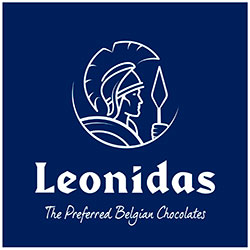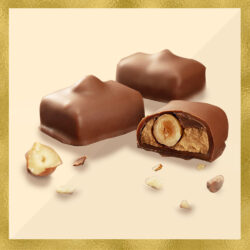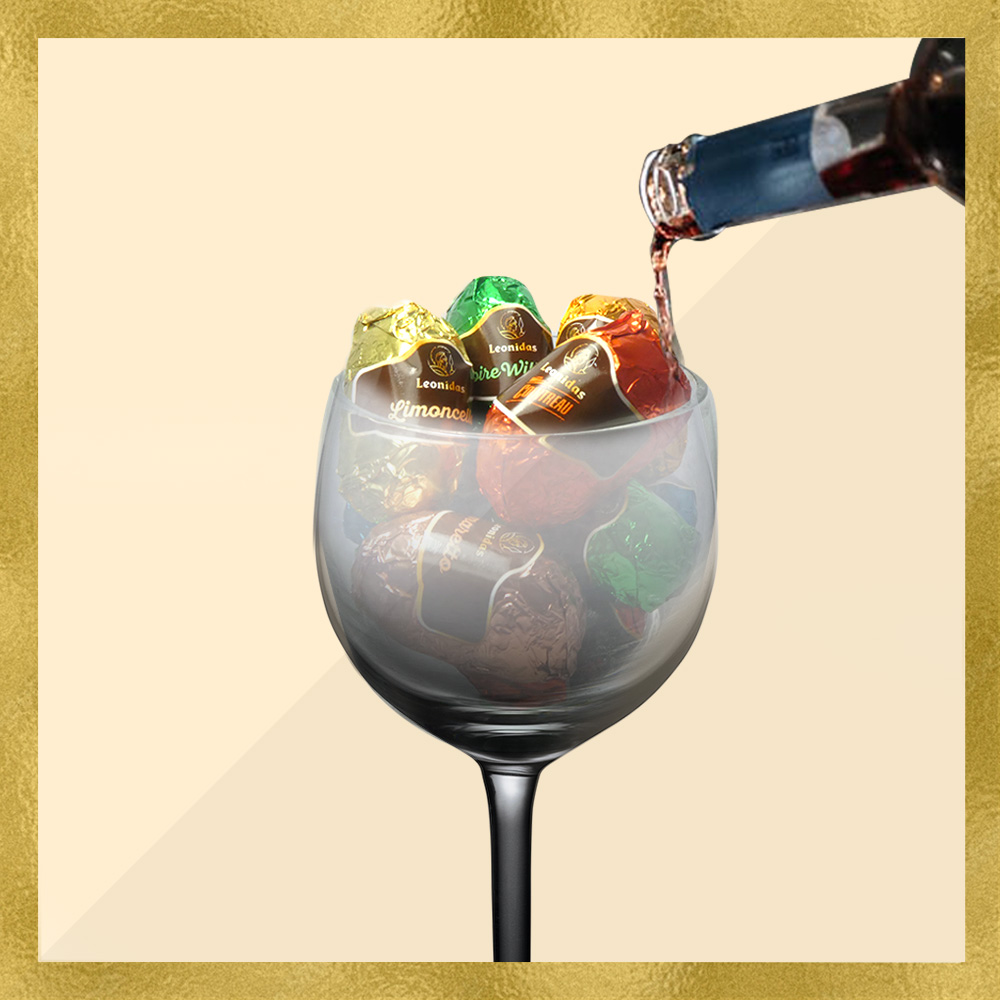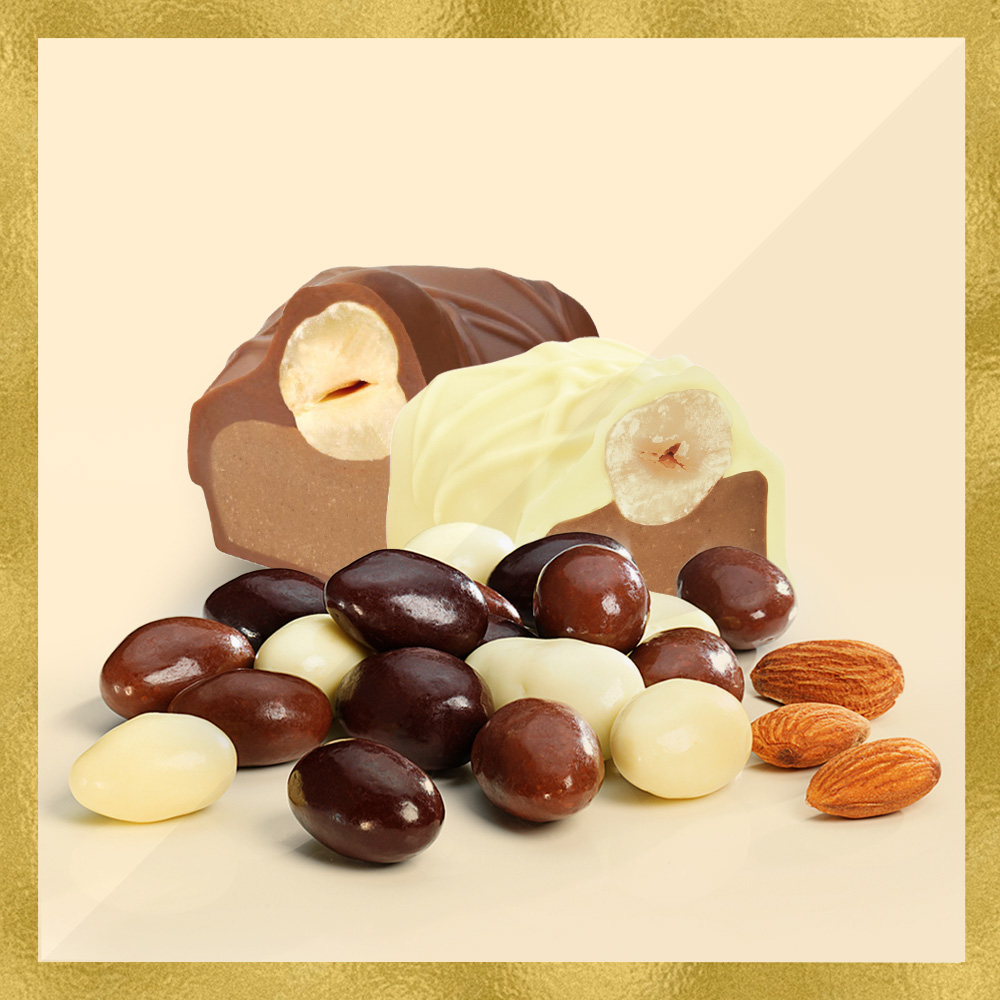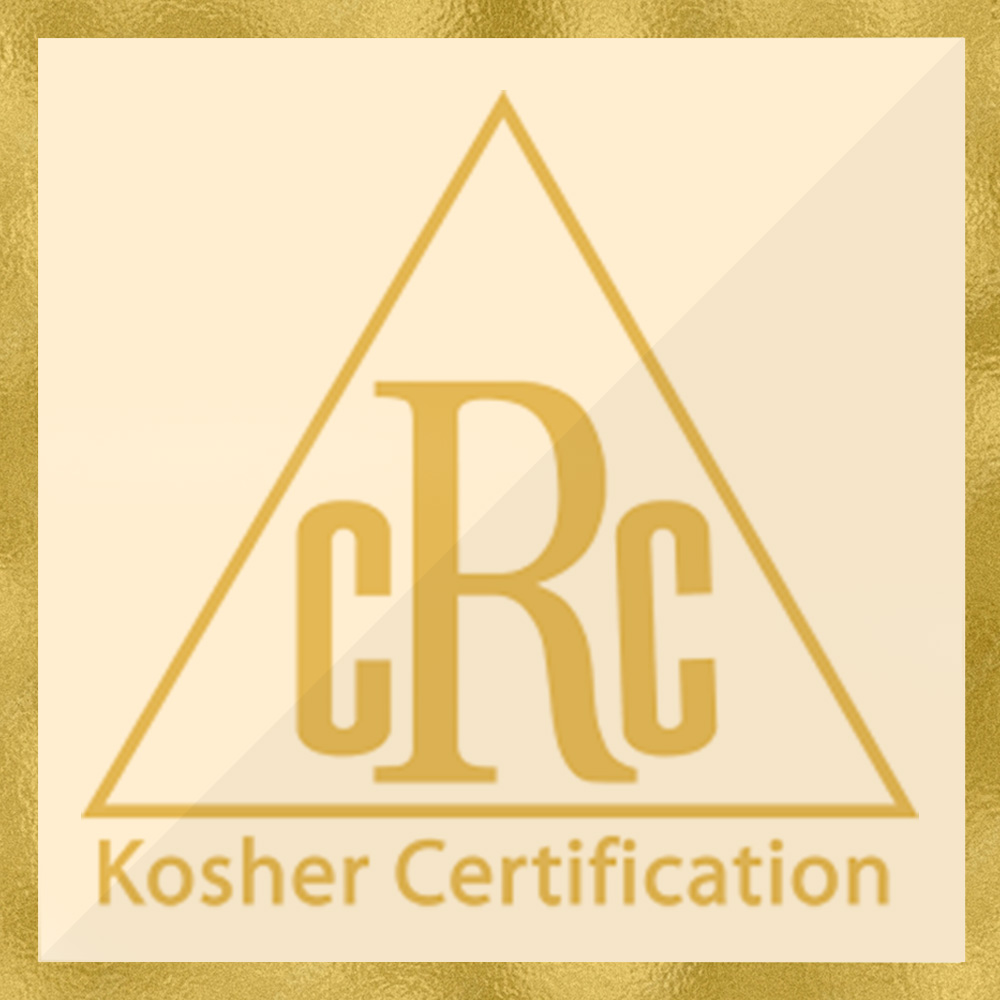Chocolate Menu & Allergy Guides
Welcome to Our Chocolate Menu
Click to view the guide you need. These guides are available to download.
Our Flavour Guide contains a large variety of Leonidas chocolates and confectionary. Known for their delicious diversity our exquisite fillings are waiting to be explored. This guide can assist as you indulge in the art of a personalized box from our choose your own category or our sugar-free and gluten-free options.
Our Allergy guide is a comprehensive list of chocolates and their affiliated ingredients. For those that suffer from a nut allergy, please be aware that we can’t guarantee any chocolate to be free of traces of nut.
Our Alcohol guide gives you a list of goods that contain traces of alcohol.

